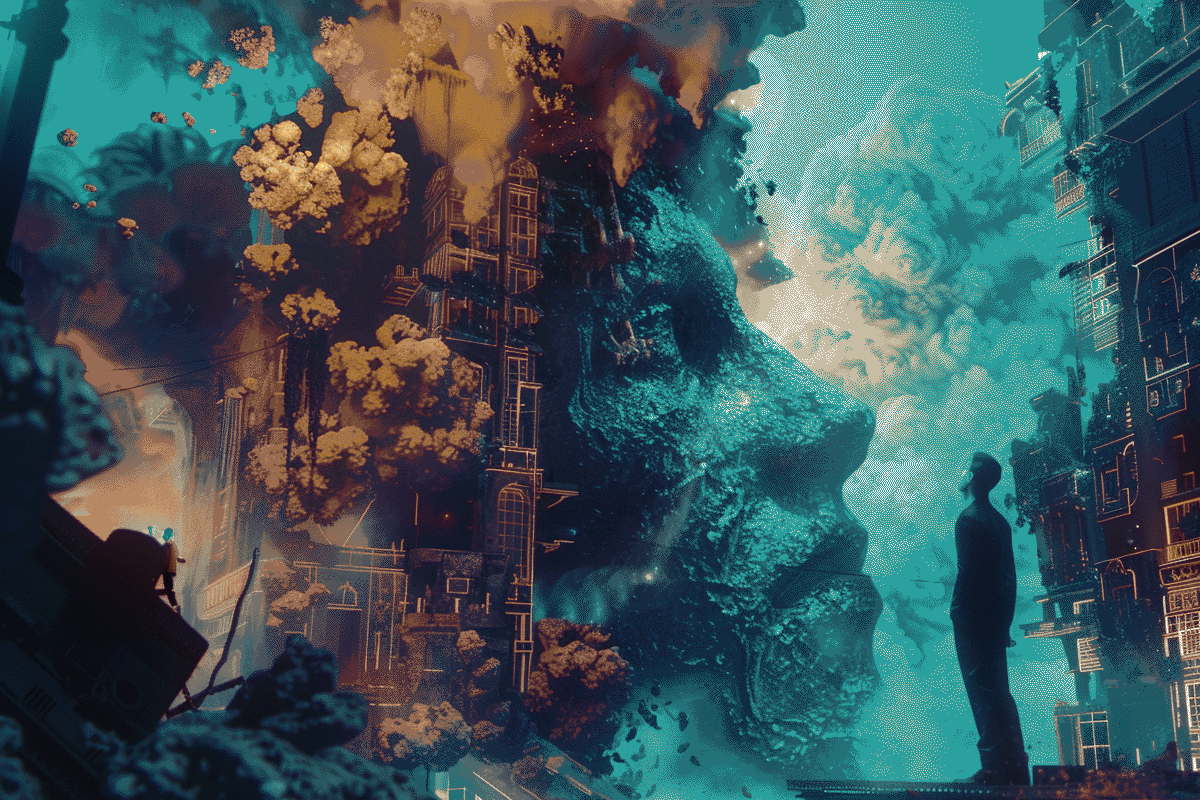AI and Art: The Game-Changing Potential of CLIP in Aesthetic Scoring
- 4 minutes read - 732 words
Table of Contents
In a field traditionally ruled by subjectivity, the advent of artificial intelligence offers a fresh perspective on art evaluation. This blog post delves into the workings of Contrastive Language-Image Pretraining (CLIP), a neural network developed by OpenAI that can generate aesthetic scores for artwork. By understanding visual content and context, CLIP provides a more objective approach to art evaluation, potentially transforming the art world.
While acknowledging that no single metric can capture the whole essence of art, this post envisions a future where AI complements human judgment to make art more accessible and inclusive.
Introduction
The art world has always been steeped in subjectivity, with beauty often considered in the eye of the beholder. However, artificial intelligence (AI) advancements are opening up new avenues for evaluating and comparing artwork. One such innovation is Contrastive Language-Image Pretraining (CLIP), a neural network developed by OpenAI that can generate aesthetic scores for artwork. This blog post explores how CLIP works, its potential implications for the art world, and how it might change our perception and valuation of art.
What is CLIP?
CLIP is a neural network trained on an extensive dataset of images and their corresponding text descriptions. It learns to associate visual features with their semantic meanings, enabling it to understand an image’s content and context. This allows CLIP to perform zero-shot learning, accurately classifying and describing images it has never encountered.
Generating Aesthetic Scores with CLIP
To generate aesthetic scores, CLIP uses “image embedding.” This involves converting an image into a high-dimensional vector representing its visual features. The vector is then compared to a set of reference vectors, pre-trained to represent various aesthetic qualities such as color harmony, composition, and texture.
Using cosine similarity, the similarity between the image and reference vectors is calculated, resulting in a score between -1 and 1. A higher score indicates a stronger correlation between the image and the reference vector, while a lower score indicates a weaker correlation. By comparing the image vector to multiple reference vectors, CLIP can generate a comprehensive aesthetic score that considers various aspects of the artwork.
Implications for the Art World
The ability to generate aesthetic scores for artwork using CLIP has several potential implications:
- Objective Evaluation: CLIP’s aesthetic scores offer a more objective way to evaluate artwork, reducing reliance on personal opinions and biases. This could lead to a more democratic art world, where art is judged based on its intrinsic qualities rather than the artist’s reputation or the subjective tastes of critics.
- Discovering New Talent: CLIP could help discover emerging artists who may not have been able to showcase their work in traditional art institutions. By applying CLIP to online portfolios and social media platforms, curators and collectors could identify talented artists based on the aesthetic scores of their work.
- Art Education: CLIP could be a valuable tool for art educators. It provides a quantitative way to assess students’ progress and identify areas for improvement. This could help students develop their skills more effectively and better understand the principles of aesthetics.
- Art Market: CLIP’s aesthetic scores could influence the art market by providing a new way to value artwork. This could lead to more informed purchasing decisions and a more transparent art market.
Conclusion
While CLIP’s ability to generate aesthetic scores for artwork is still in its early stages, it can potentially revolutionize art evaluation and appreciation. By offering a more objective and quantitative approach, CLIP could democratize the art world, promote the discovery of new talent, and enhance art education. However, it is crucial to remember that art is complex and multifaceted, and no single metric can fully capture its essence. Thus, CLIP should be seen as a complementary tool, augmenting rather than replacing human judgment and expertise.
As the art world continues to evolve and embrace new technologies, it will be fascinating to see how CLIP and other AI-driven tools shape our understanding and appreciation of art. By combining AI’s power with the creativity and intuition of human artists, we can look forward to a future where art is more accessible, inclusive, and inspiring than ever before.
Sources:
- https://openai.com/index/clip/
- https://www.mdpi.com/2076-3417/12/22/11312
- https://www.frontiersin.org/journals/psychology/articles/10.3389/fpsyg.2022.1024449/full
- https://arxiv.org/abs/2102.09109
- https://www.researchgate.net/publication/333643436_A_Deep_Learning_Perspective_on_Beauty_Sentiment_and_Remembrance_of_Art


